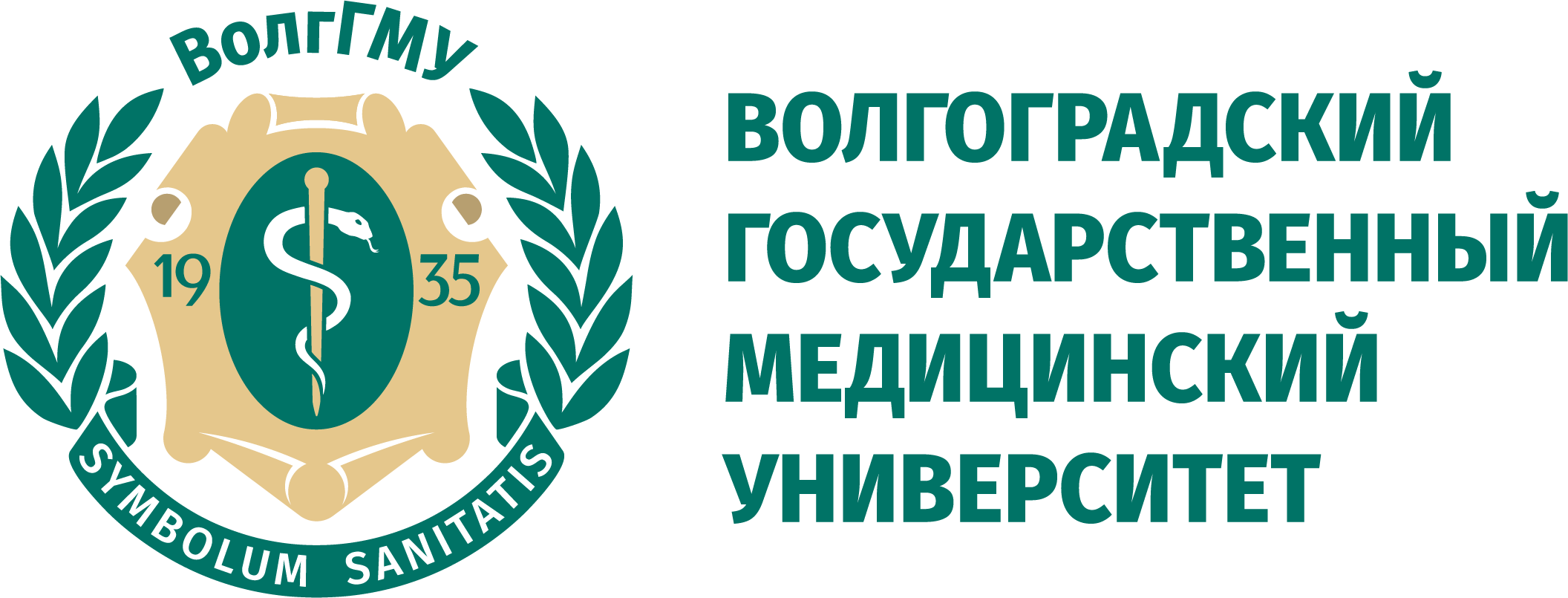Discipline "Molecular biology"
The list of questions
Concluding #2
- Amino acids: principles of structure, classification. The peptide bond.
- Proteins (proteins): definition, biological functions.
- Levels of structural organization of proteins. Primary structure. The secondary structure of the protein.
- The tertiary structure of the protein. Globular and fibrillar proteins.
- Chemical bonds that stabilize the structures of the protein molecule. Denaturation and renaturation.
- Methods of studying the structure of proteins. Techniques for studying protein.
- The role of chaperones and chaperonins. Hsp70 chaperones.
- Non-enzymatic post-translational modification.
- Enzymatic post-translational modification with cleavage of the polypeptide chain.
- Methylation, hydroxylation, introduction of additional carboxyl group, phosphorylation, glycosylation, ADP-ribosylation, prenylation, sulfation, ubiquitinylation of proteins.
- Metabolic pathways and the biological significance of their regulation.
- Principles of regulation of enzyme activity.
- Examples and functional role of cofactors – metal ions, vitamin derivatives.
- Allosteric regulation of enzymatic activity.
- Inhibitors of enzymatic activity: classification and mechanisms of action.
- Regulation of enzyme activity by protein-protein interactions.
- Adenylate cyclase mechanism of hormonal signal transmission. The role of cAMP.
- Regulation of enzyme activity by covalent modification. Phosphorylation and dephosphorylation.
- Partial proteolysis: biological significance and examples.
- Principles of using enzymes as clinical and laboratory biomarkers.
- Enzymes as medicines.
- Principles of the structure of biological membranes: formation of a lipid bilayer, mosaic model. The main components of biological membranes.
- Functions and properties of biological membranes.
- Classification and biological functions of membrane proteins.
- Classification of mechanisms of transport of substances through membranes.
- Passive transport: basic mechanisms and biological role. Osmotic pressure and its importance in maintaining cell integrity. Saline solutions.
- Active transport: basic mechanisms and examples of transporter proteins.
- Exocytosis and endocytosis: the main mechanisms and biological role.
- Metabotropic and ionotropic receptors
- The receptor function of biological membranes. Classification of receptors.
- Principles of hormonal signal transmission.
- Classification of G-proteins. Secondary intermediaries.
- Adenylate cyclase signal transduction system: examples of receptors, main effects and biological role.
- Inositol phosphate signal transduction: examples of receptors, main effects and biological role.
- A nuclear-type reception system.
- The structure of nuclear receptors. Androgen/estrogen/glucocorticoid/mineralocorticoid/retinoid/thyroid hormone receptors.
- Hormone sensitive DNA elements.
- Mechanisms of hormonal induction of transcription and translation processes.
- The interaction of hormones with the chromatin of target cells.
- Activation of transcription by translocation of cAMP-dependent protein kinases from the cytoplasm into the nuclei of target cells.
- Mechanisms of intracellular signal transduction and biological effects on the example of the insulin receptor.
- Regulation of receptor activity.
Последнее изменение: Пятница, 9 Июнь 2023, 13:35
